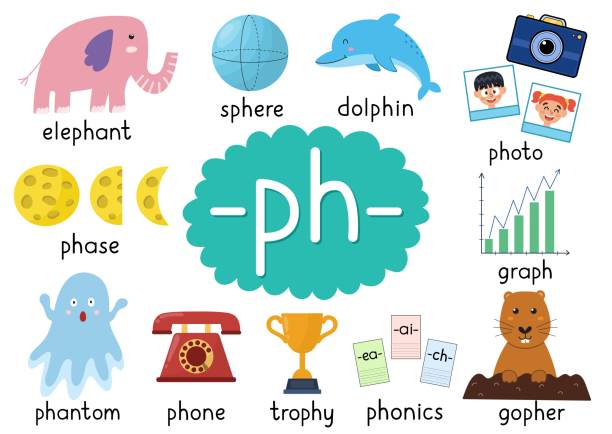Phonics is a method used to teach reading and writing by guiding learners to link sounds (phonemes) with the letters or letter combinations (graphemes) that represent them. It forms a crucial foundation for early literacy, helping children sound out unfamiliar words and develop into confident, independent readers.
How Phonics Works
- Letter-Sound Recognition – Children begin by learning the sounds that individual letters make (e.g., 's' makes the /s/ sound, 'm' makes the /m/ sound).
- Blending – They are taught to blend individual sounds together to read whole words (e.g., /c/ /a/ /t/ becomes cat).
- Segmenting – Children practice breaking words apart into their individual sounds to help with spelling (e.g., dog becomes /d/ /o/ /g/).
- Digraphs and Blends – Instruction expands to include common letter combinations such as 'sh', 'ch', or 'bl' that represent single sounds or sound clusters.
- Word Families and Patterns – Recognizing familiar word endings like “-at,” “-ing,” or “-est” supports vocabulary growth and improves reading fluency.
